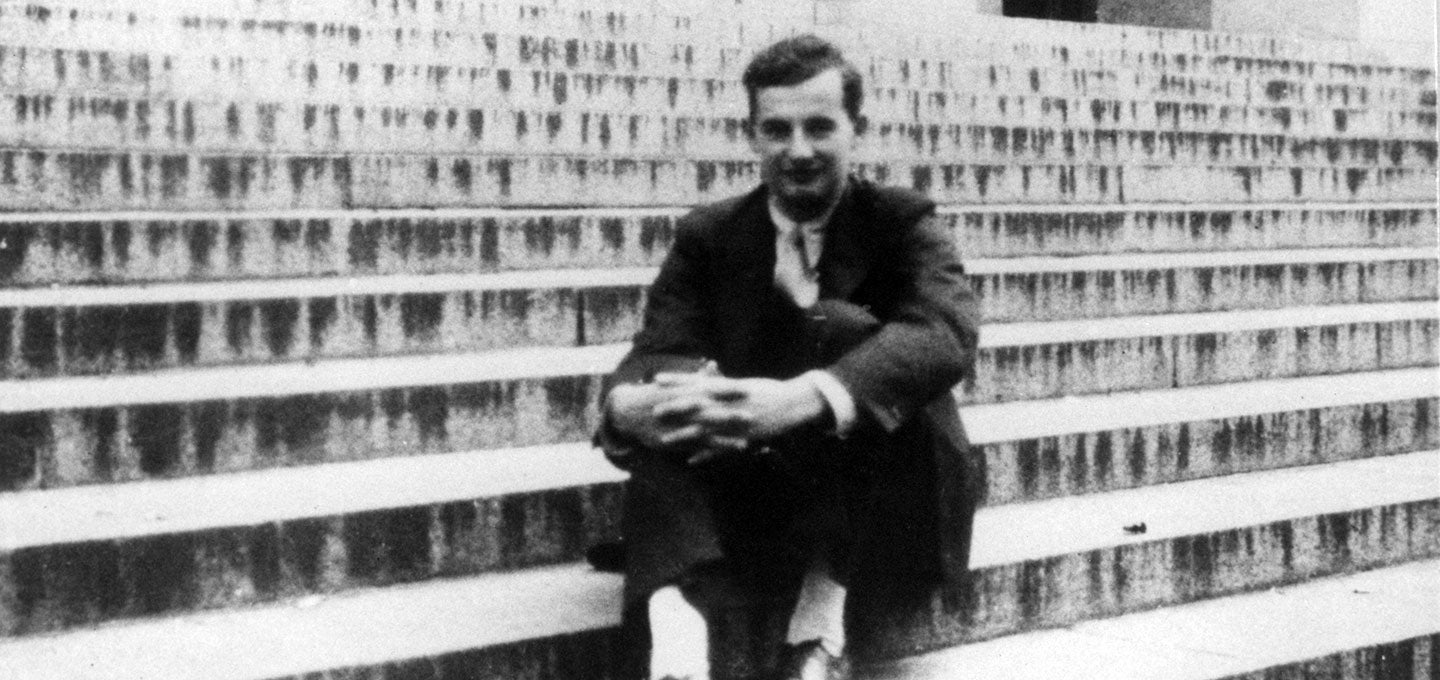Gustav Wallenberg admired the drive and practicality of Americans, and he wanted his artistic grandson to pursue his chosen field of study—architecture—in America. Ruling out the Ivy League as too snobbish, he and Raoul chose the University of Michigan, both for its highly regarded school of architecture and for its reputation as a public university that attracted talented students who could not afford the more prestigious eastern schools.
Wallenberg’s college friends remember a young man mature beyond his years: funny, artistic and with a rare gift for friendship. Classmate Frederic James recalled for Elenore Lester, author of Raoul Wallenberg: The Man in the Iron Web, that at bull sessions Raoul was a “star.” “He always thought through to the essence” and was “full of energy, good humor and generally a good guy.”
“I am very impressed by America,” Raoul wrote to his grandfather two years after his arrival here. “The people are natural and good natured, hospitable and easy to get along with.” Wallenberg’s letters home are filled with wry and complex insights into America, Sweden, politics, his many friends and himself. In one, Wallenberg noted the irony that his fellow architecture students hated skyscrapers, straight roads, factories and jazz music, while their counterparts in “crooked, classical Stockholm, where there are no skyscrapers, want nothing more than jazz symphonies at the opera and to build a suspension bridge across Riddarfjarden [Knight’s Fjord].”
Wallenberg’s sister, Nina Lagergren, described him as an “anti-snob” who “loved reading and Chaplin and the Marx Brothers.” He ate hot dogs, wore sneakers, and preferred to be called “Rudy.” Another classmate, Frederick Graham, recalled for Lillian Stafford, in a 1985 article for the Michigan Alumnus, that Wallenberg wouldn’t join a fraternity because “it would isolate him from a certain strata of students.”
During school holidays, Wallenberg hitchhiked around the United States, Canada and Mexico. In a letter to his grandfather at the end of his first summer here, he offered a lengthy explanation of why he preferred to hitchhike. “When you travel like a hobo, everything’s different. You have to be on the alert the whole time. You’re in close contact with new people every day. Hitchhiking gives you training in diplomacy and tact.”
A year later, another letter told how four young men who “looked a bit suspicious” had picked him up while he was hitchhiking from Chicago back to Ann Arbor. Feeling uneasy, Wallenberg “started to work my poverty into the conversation.” Abruptly, one of the men pointed a large revolver at him and demanded his money. As the robbery unfolded, he realized that they were “the ones who were frightened, maybe because I was so calm…. I really didn’t feel any fear the whole time. It was more like an adventure.” The men finally shoved him out of the car and into a ditch, throwing his bag on top of him. In a letter to his mother, the young student wrote that he wasn’t planning to give up hitchhiking, but was going to “carry less money on me, and try to become more devious.”
By the spring of 1934, Wallenberg was complaining in a letter to his grandfather that his Swedish was getting “worse and worse.” But he was sad to contemplate the end of his college years: “I feel so at home in my little Ann Arbor that I’m beginning to sink down roots here and have a hard time imagining my leaving it…. Every now and then I feel strange when I think about how tiny my own country is and how large and wonderful America is.”
In February 1935 Wallenberg completed his B.A. in architecture. He graduated with honors and won the American Institute of Architects silver medal, given to the student with the highest scholastic standing. Professor Jean Paul Slusser, in a letter to Detroit’s Jewish News, later described Wallenberg as one of the brightest students he had ever taught in thirty years at the University of Michigan.

